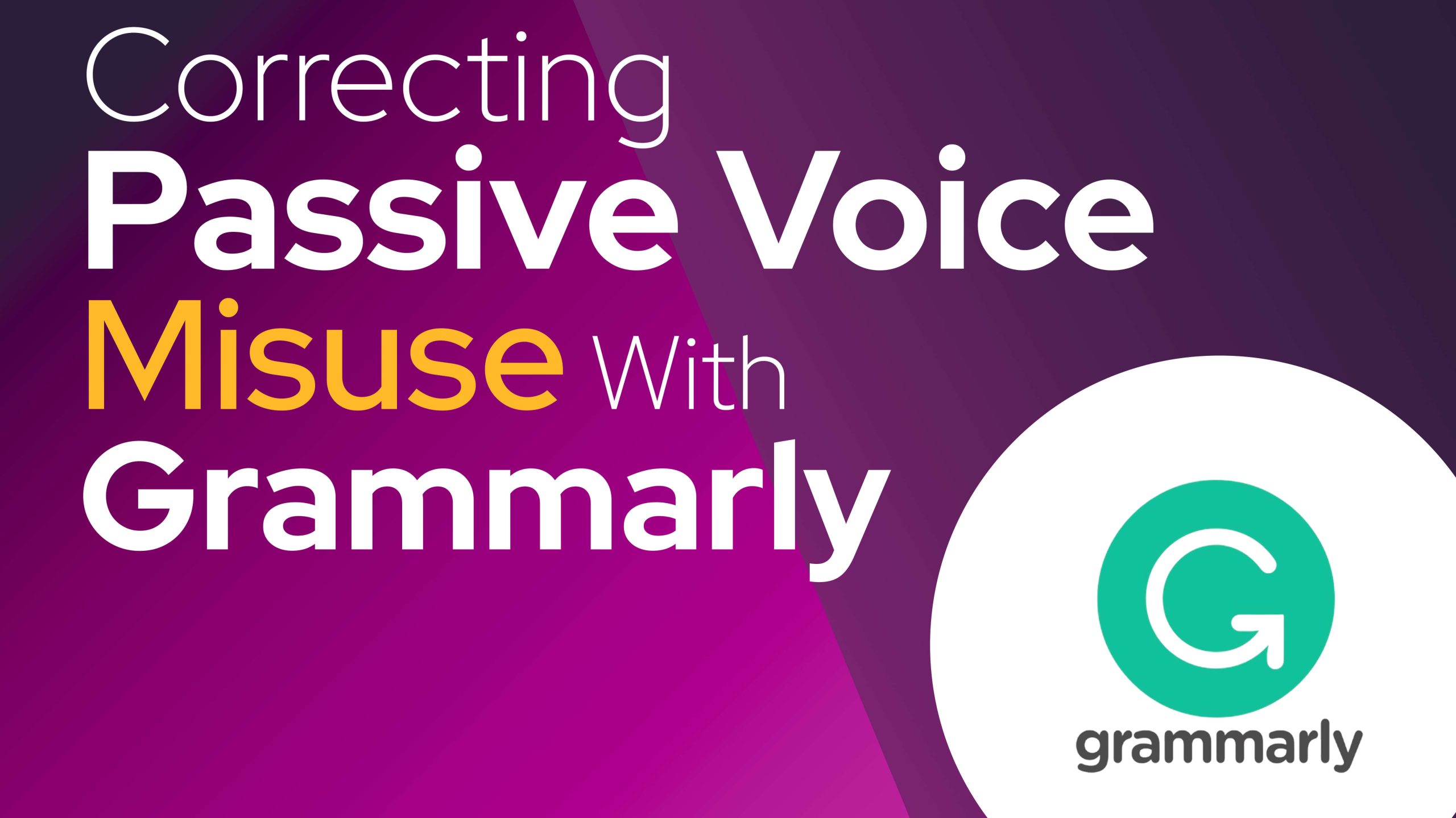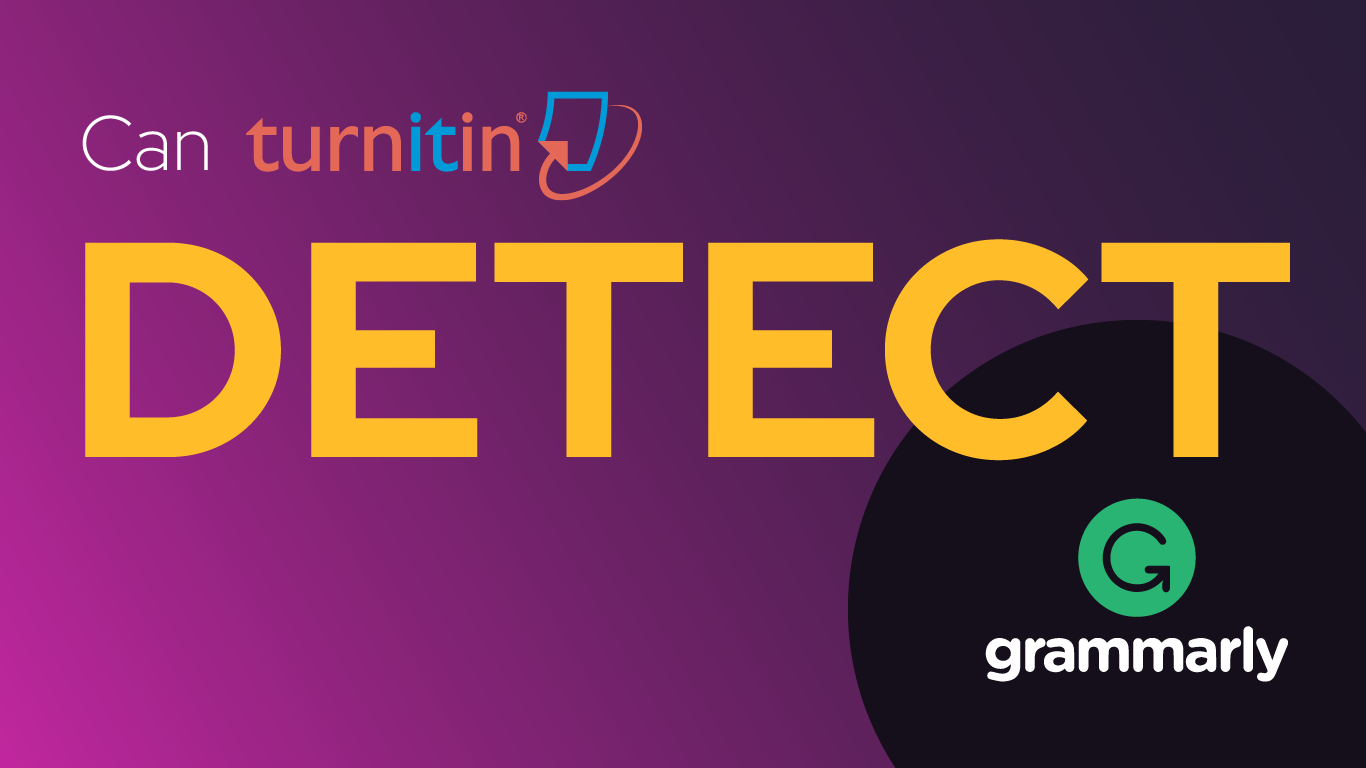Writing often sounds less appealing and weak when written in a passive voice. Passive voice might be fine at times, but it can also make things hard to understand, diminishing the effectiveness of your writing. However, there’s this nifty resource, Grammarly, that can notice and rectify passive voice errors. We will guide you in this piece on how to use Grammarly to enhance your writing, steering clear of passive voice.
The Simple Guide to Correcting Passive Voice with Grammarly
- Let’s start with the basics: Passive Voice Understanding
You might ask why knowing about passive voice is key for good writing. Here’s why. We see passive voice when a sentence subject is also the receiver of the action. It could confuse readers because the ‘who and what’ isn’t clear.
Take this for example, “The book is read by him.” – this sentence uses passive voice. Now, compare it with “He reads a book,” – an active voice sentence. The second sentence is simpler and clearer, right?
So, here’s the take-home message: to make your writing easier to follow and grasp, it’s a good idea to steer clear of passive voice.
- The second step you need to know is how to use Grammarly to spot the passive voice.
Grammarly is a handy tool. It has a function that prevents you from writing in a passive voice. It is crucial as the passive voice can make your writing unclear and complex. Grammarly checks your draft, highlights the sentences written in the passive voice, and gives ideas on how to improve them. This can massively assist you if you find it tricky to notice the passive voice or to correct it.
- Making Use of Grammarly’s Tips
Grammarly helps you spot when you’re using the passive voice. Then it suggests ways to change your sentence from passive to active. This means more focus on the one doing the action, not just the one it happens to. If you follow Grammarly’s advice, you can make your sentences more clear and easier to understand. It takes them from passive to active.

- Personal Look-over and Contextual Considerations
Grammarly provides helpful hints. But, it’s key to look over each passive voice on your own. This is to make sure that what Grammarly seeks to correct actually fits with what you meant and the surrounding bits of your writing. Not all passive sentence structures are wrong. In fact, in formal or academic writing, it’s sometimes the right choice to underscore the one the action comes upon. Bearing in mind the feeling of your draft, you can wisely choose to either go with Grammarly’s offered corrections or keep the passive voices that sync with your point.
- Learning from Corrections
With Grammarly, you don’t just fix misuse of passive voice. It’s like taking part in a learning journey. You see it catching your slip-ups. Then, Grammarly offers idea fixes. Having a glance at these, you start to get the gist of how this ‘passive voice’ muddles your writing. You start knowing how to sidestep it down the line. This practice over a period helps you boost your writing abilities, creating catchy, powerful content.
The Difference Between Passive Voice and Weak Verbs
Passive voice and weak verbs are often confused, but they address different writing concerns. Passive voice occurs when the subject of a sentence is the receiver of an action rather than the doer. For example, “The project was completed by the team” is passive. Weak verbs, on the other hand, refer to verbs like “is,” “was,” or “have,” which can make sentences lack energy. For instance, “The team was working on the project” is weaker than “The team worked on the project.” Grammarly identifies both issues and offers tailored suggestions to improve sentence strength and clarity.
When is Passive Voice Appropriate in Writing?
When we talk, we usually use an active voice. It makes things clear and fun to listen to. But the passive voice has got a role too. In science or tech stuff, people use it to focus more on what was done than on who did it. Like when you say, “The experiment was done.” It’s the same when folks write very formal or polite things. Using passive voice doesn’t point fingers. Grammarly’s clever brain spots when you’re using the passive voice. It doesn’t say you’re wrong, but it’ll nudge you to think about it. The writer can then think if they should keep the passive voice. It all depends on what and how they want to talk.
Customizing Grammarly for Your Writing Style
Grammarly is handy because it can fit each person’s writing style. It can even adjust for a liking of the passive voice. This is done in the tone and goals area of Grammarly. Here, you can speak to who you’re writing for, how official it needs to be, and what you want to do. Like a school writer may want it formal, and that tells Grammarly to relax a bit on adjusting passive voice stuff. You can also add words and stuff to your own wordbook or choose to skip certain help tips. This way, Grammarly is always helping in a way that suits the writer’s special voice and goals. This makes things smoother without messing with style.

Passive Voice in Creative Writing: Breaking the Rules
Grammarly is handy because it can fit each person’s writing style. It can even adjust for a liking of the passive voice. This is done in the tone and goals area of Grammarly. Here, you can speak to who you’re writing for, how official it needs to be, and what you want to do. Like a school writer may want it formal, and that tells Grammarly to relax a bit on adjusting passive voice stuff. You can also add words and stuff to your own wordbook or choose to skip certain help tips. This way, Grammarly is always helping in a way that suits the writer’s special voice and goals. This makes things smoother without messing with style.
The Role of Context in Passive Voice Detection
Context matters a lot when we deal with passive voice. Think about Grammarly’s AI. It always keeps this in mind. Consider a sentence like “Mistakes were made”. The attention is on the errors, not the person who did them. That’s why we use passive voice here.
Grammarly looks at the text around to see if passive voice is okay or needs changing. This sense of context makes sure that its suggestions make sense and are specific. This helps writers better their work without messing up the meaning.
Grammarly helps writers be clear and exact. It does so by mixing grammar rules with a feel for the context.
Final Thoughts
When you pen something, think about who will read it. Everyone needs different details. Grammarly can make your writing better and clearer. It finds and fixes errors where you use the passive voice. With Grammarly, you can change passive voice to active. Your readers will feel a stronger connection to your writing. This can make your writing skills better. Active voice makes your writing have a greater impact. Grammarly can help you get there.
FAQ: Correcting Passive Voice Misuse with Grammarly
Passive voice, what is it and why do some say it’s bad for writing?
When something happens to the subject of a sentence, instead of the subject doing it, we call that the ‘passive voice’. It may make sentences harder to understand, not as direct, and tricky to follow. So, in schoolwork and jobs, people often say not to use it.
How does Grammarly spot signs of the passive voice?
Grammarly, a writing tool, often points out sentences using the “passive voice”. This tends to happen when sentences use versions of the verb “to be” – like “is”, “are”, “was”, or “were”. They’re usually paired with a past participle – words like “written”, “seen”, or “discussed”. The issue? The sentences don’t have a clear actor doing the action.
Does Grammarly know the difference when you use the passive voice on purpose or by mistake?
Grammarly helps you write clear and coherent stuff. How? It uses special technology to find when you write in a way that’s called passive voice. Though some situations need passive voice, Grammarly makes sure your writing is easy to understand by letting you know about it. This way, you can check it again and decide if you want to change it.
When Grammarly spots passive voice, is correcting it always vital?
Grammarly’s tips are meant to make things clearer and easier to read. They’re not always right, especially in some serious or school writings. Yet, you have the final say. You can choose to use Grammarly’s advice or not, depending on who you’re writing to and how you want it to sound.
Related Posts
Through digital leadership we empower people to leverage the opportunities in global economy





